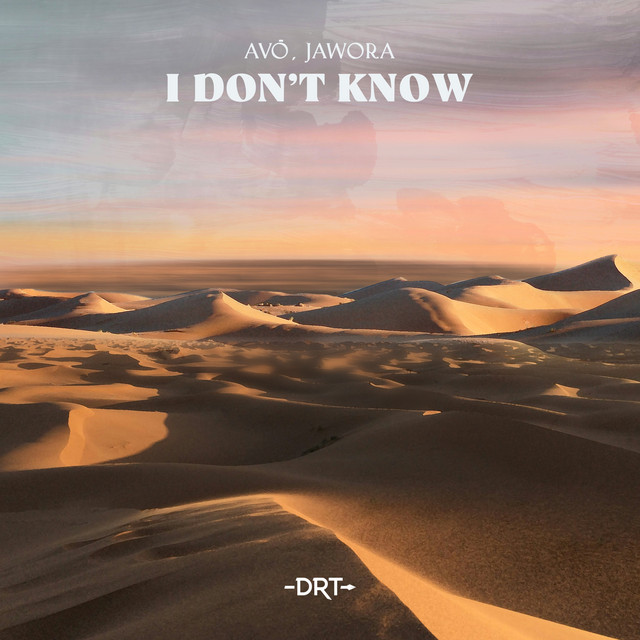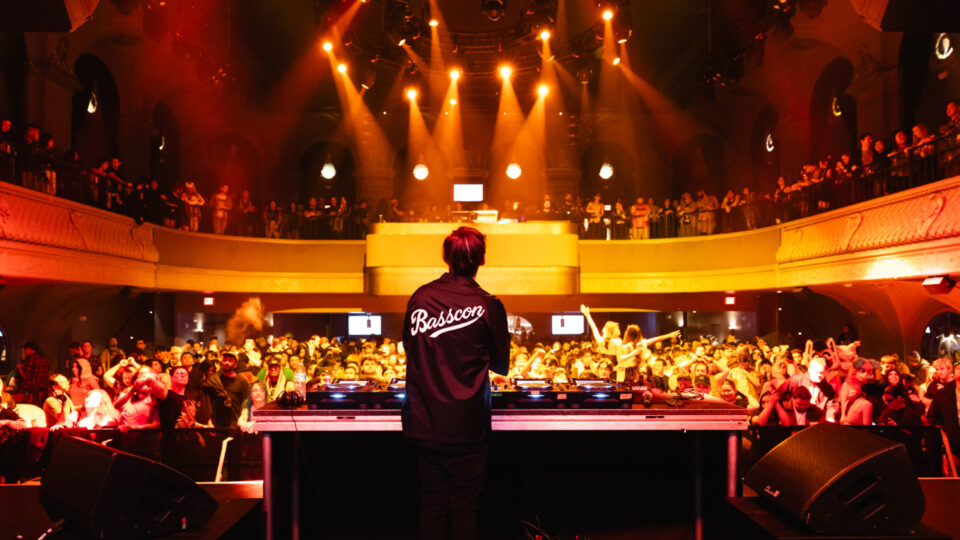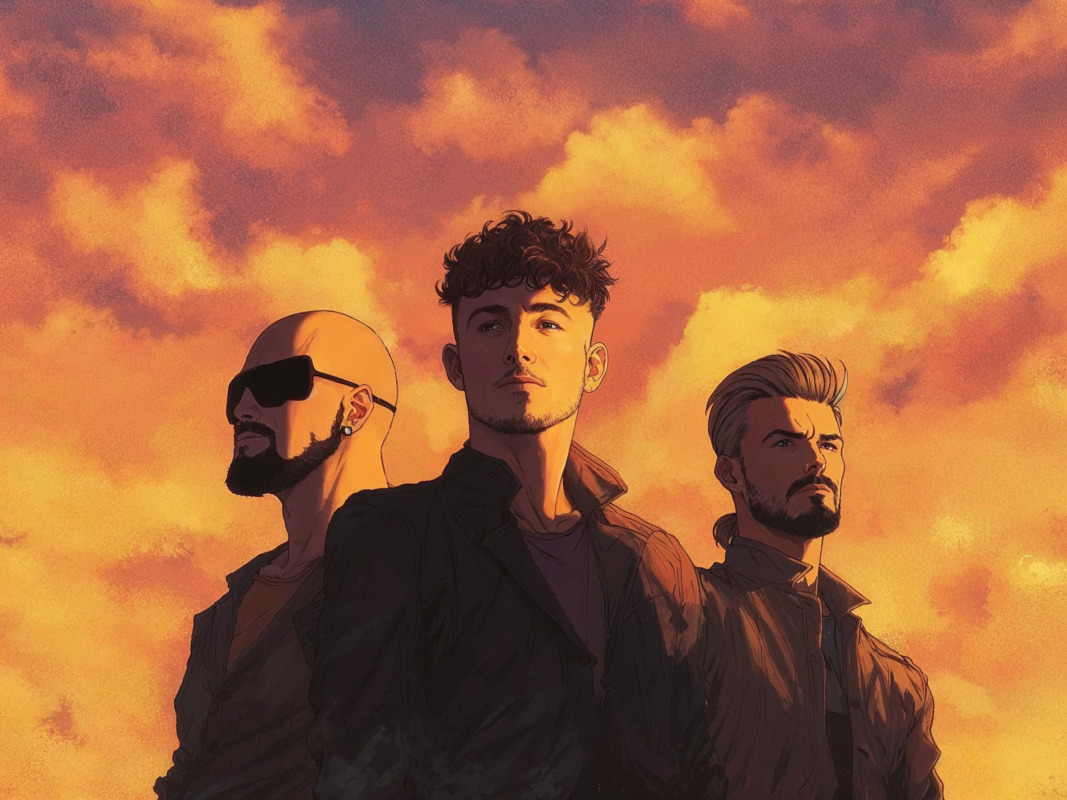Anime and manga have a plethora of genres and almost as many target demographics. The most notable of these are shonen and shojo, which are usually consumed by young adult teens. Older demographics include josei and seinen, with their works targeted toward these audiences being more mature in themes and content. With all this anime and manga for the 13 and over crowd, what’s out there for the younger folks to get into?
Kodomomuke is the somewhat overlooked children’s demographic of anime and manga. Though the signifier isn’t as common among Western anime fans, it describes a demographic that has some of the most popular anime franchises ever tailored to it. Here’s a closer look at kodomomuke and some of its biggest titles.
What is 'Kodomomuke' Manga and Anime?
Literally meaning “intended for children,” shows and books in the kodomomuke demographic are aimed at kids aged 10 and under. Initially this included basically all manga and anime since the mediums were designed to entertain kids as well as promote literacy for them. To this end, much of the storytelling in these productions is fairly simplistic compared to even shonen and shojo manga. Usually more episodic in nature, there’s typically a moral lesson to be learned at the end -- even if it’s something as simple as eating one's vegetables.
The same goes for their anime equivalents and adaptations; these shows will be full of light, fluffy material that isn’t too provocative to young minds, and usually have little in way of continuous storylines or developments. This is a big reason why many of these shows have a smorgasbord of episodes, since viewers can watch them completely out of order many times. They also don’t require a lot of changes or censorship when brought to the West. Another big indicator that an anime is meant for the kodomomuke demographic is if it quickly spawns children’s rides and attractions at theme parks and other venues.
What are the Biggest Titles In Kodomomuke?
The first big-time kodomomuke anime series was the medium progenitor Astro Boy, which features fairly kid-friendly battles between Disney-sequel robots. Other notable examples include shows such as Doraemon, Digimon and Pokémon, though the presence of “-mon” at the end of their names is mere coincidence and unrelated to the demographic itself.
There are four different categories of anime meant for the kodomomuke demographic, all of which are fairly different from one another. The first is anime adaptations of Western and European stories, including fairy tales as well as literary stories such as Anne of Green Gables. These feel more like throwbacks to old Western animation than anything Japanese, however.
The second category includes the aforementioned Doraemon and typically involves humorous adaptations of pre-existing material, including manga. These works are also rife with Japanese cultural references, which can hinder their being localized to the West. The third category is the young and girl-oriented joji-muke, while the fourth is essentially shonen-light and is targeted at young boys. The latter has seen the most success in the kodomomuke demographic, namely due to how much merchandising it gets.
Many of these shows can now be streamed rather easily in the West. The classic Astro Boy cartoon is available through the soon-to-be defunct Funimation streaming service, while the 2003 reboot and the non-anime 2009 CGI movie are on Tubi TV. Most entries in the Digimon series are found on Hulu, with different Pokémon shows being found on Hulu and Netflix. Sadly, despite being the most kodomomuke of all anime, Doraemon currently isn’t available on any international streaming services.
About The Author

